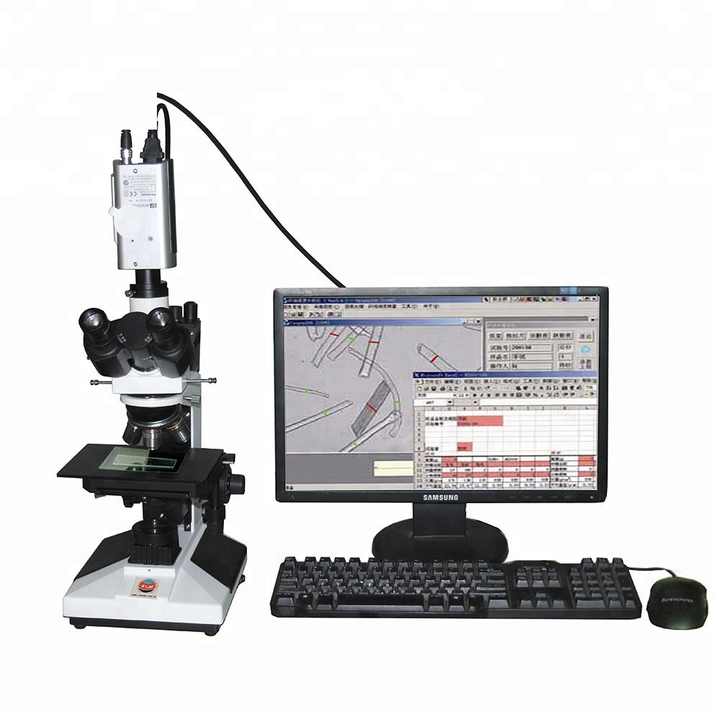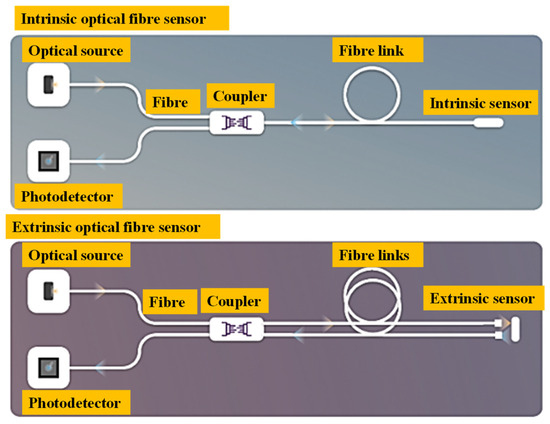Discover the Relevance of an Optical Fibre Diameter Analyser for Accuracy Dimensions
The accuracy of optical Fibre dimensions is critical in the telecom field, where even the least variance in Diameter can cause substantial signal degradation. An optical Fibre Diameter analyser works as an essential device to make sure these measurements are accurate and regular, therefore enhancing general system efficiency. Beyond the instant advantages in quality and dependability, the ramifications of these measurements include regulative conformity and the development of innovation. As we think about the advancing landscape of electronic communication, the function of these analysers fit future standards comes to be increasingly pertinent. What exists ahead in this vital field?
Comprehending Optical Fibre Diameter
Comprehending the Diameter of optical fibres is critical for making sure ideal efficiency in data and telecommunications transmission applications. The Diameter straight affects the light-carrying capability of the Fibre, affecting both signal toughness and high quality. Optical fibers typically are available in two primary categories: single-mode and multi-mode, each with distinctive Diameter requirements. Single-mode fibres usually have a smaller sized core Diameter, around 8 to 10 micrometers, permitting for the transmission of light signals over longer distances with minimal loss. In comparison, multi-mode fibers include larger core sizes, typically in between 50 to 62.5 micrometers, which help with higher transmission capacity over much shorter distances.
Standardization in Diameter specifications guarantees compatibility between different Fibre kinds and connectors, decreasing the threat of system failings. As telecommunications technology proceeds to evolve, the requirement for trustworthy optical Fibre Diameter evaluation comes to be increasingly critical, emphasizing the relevance of using sophisticated measurement devices and methods to keep premium interaction networks.
Advantages of Accurate Measurements
Accurate measurements of optical Fibre Diameter are essential for enhancing network efficiency and dependability. The honesty of optical signals is directly influenced by the harmony and precision of Fibre sizes, as disparities can result in enhanced depletion and signal degradation. By guaranteeing that the Diameter of optical fibers is consistently determined within specified tolerances, operators can reduce losses and enhance overall transmission quality.
In addition, accurate Diameter evaluations contribute to efficient Fibre splicing and connectorization. Mismatched sizes can result in inadequate combining effectiveness, causing enhanced insertion losses. This accuracy is particularly vital in high-speed networks, where also small discrepancies can have substantial impacts on information transmission rates.
Additionally, maintaining strict requirements for optical Fibre dimensions aids in compliance with industry policies, making certain that items satisfy called for specs. optical fibre diameter analyser. This not only bolsters customer self-confidence but additionally enhances the online reputation of producers and provider in the competitive telecom landscape
Eventually, the benefits of accurate measurements prolong beyond prompt performance gains; they cultivate long-term dependability and resilience of network facilities, leading the way for future improvements in optical communication technology.
Applications in Telecommunications
The applications of optical Fibre Diameter analysers in telecommunications are important for making certain optimum network performance and effectiveness. optical fibre diameter analyser. These analysers play a critical duty in the production, setup, and maintenance of optical Fibre cables, where precise measurements of Fibre Diameter substantially affect the general efficiency of interaction systems
In telecoms, keeping uniformity in Fibre Diameter is crucial for lessening signal loss and making the most of transmission top quality. Variants in Diameter can lead to enhanced depletion and decreased transmission capacity, influencing data transmission prices. Optical Fibre Diameter analysers make it possible for service technicians to keep track of and manage these dimensions throughout the production procedure, making certain his response that the fibers satisfy rigorous requirements.
Moreover, throughout installation and maintenance, these tools assist in validating that the installed fibres satisfy the needed standards, thus preventing potential failings in interaction infrastructure. By utilizing optical Fibre Diameter analysers, telecoms business can improve their solution reliability and customer contentment.

Top Quality Control Specifications
In the world of optical Fibre production, adherence to quality assurance requirements is vital for making sure the reliability and efficiency of communication systems. The accuracy in optical Fibre Diameter is important, as variations can substantially influence signal honesty and overall system efficiency. link Consequently, makers should apply rigid quality control measures throughout the manufacturing process.

Moreover, regular calibration of measurement tools is crucial for preserving precision and uniformity in quality assurance procedures. By adhering to well established quality assurance criteria, producers not just boost the efficiency of their optical fibres however additionally make sure client fulfillment and trust. This dedication to quality enhances the affordable edge in a swiftly developing telecommunications market, where reliability and performance are non-negotiable. Ultimately, robust quality control practices are important to the success of optical Fibre production and the development of interaction modern technologies.
Future Trends in Dimension Technology
As the demand for high-performance optical fibres rises, precision measurement devices will end up being increasingly important. By integrating real-time information and sophisticated sensors analytics, suppliers will be able to keep an eye on Fibre Diameter variations with unprecedented accuracy.
Moreover, the unification of non-contact measurement techniques, such as laser triangulation and optical comprehensibility tomography, will minimize the risk of contamination and physical damage to optical fibres throughout analysis. These developments promise to improve quality assurance procedures, ensuring that just one of the most reputable items get to the market.
Sustainability will certainly also play a critical role in future measurement innovation. Energy-efficient systems and recyclable products will be focused on, aligning with international environmental criteria. Additionally, the adoption of Industry 4.0 principles will facilitate smooth combination of dimension modern technology within wise manufacturing ecological communities, permitting continual improvement and fast innovation.
Conclusion
In verdict, the optical Fibre Diameter analyser serves as an essential tool for ensuring precision in telecoms. These analysers not just sustain high quality control criteria yet likewise foster customer self-confidence in optical Fibre technologies.
The accuracy of optical Fibre measurements is paramount in the telecom market, where also the slightest discrepancy in Diameter can lead to considerable signal deterioration. An optical Fibre Diameter analyser serves as a critical device to make go to this site certain these dimensions are accurate and regular, thereby enhancing total system efficiency. As telecoms innovation continues to develop, the need for trusted optical Fibre Diameter analysis becomes significantly critical, underscoring the significance of employing innovative measurement devices and techniques to keep top quality communication networks.
Exact measurements of optical Fibre Diameter are essential for maximizing network efficiency and reliability. Optical Fibre Diameter analysers allow specialists to keep track of and control these measurements throughout the production procedure, making certain that the fibers fulfill stringent specifications.
 Alana "Honey Boo Boo" Thompson Then & Now!
Alana "Honey Boo Boo" Thompson Then & Now! Kenan Thompson Then & Now!
Kenan Thompson Then & Now! Gia Lopez Then & Now!
Gia Lopez Then & Now! Suri Cruise Then & Now!
Suri Cruise Then & Now! Terry Farrell Then & Now!
Terry Farrell Then & Now!